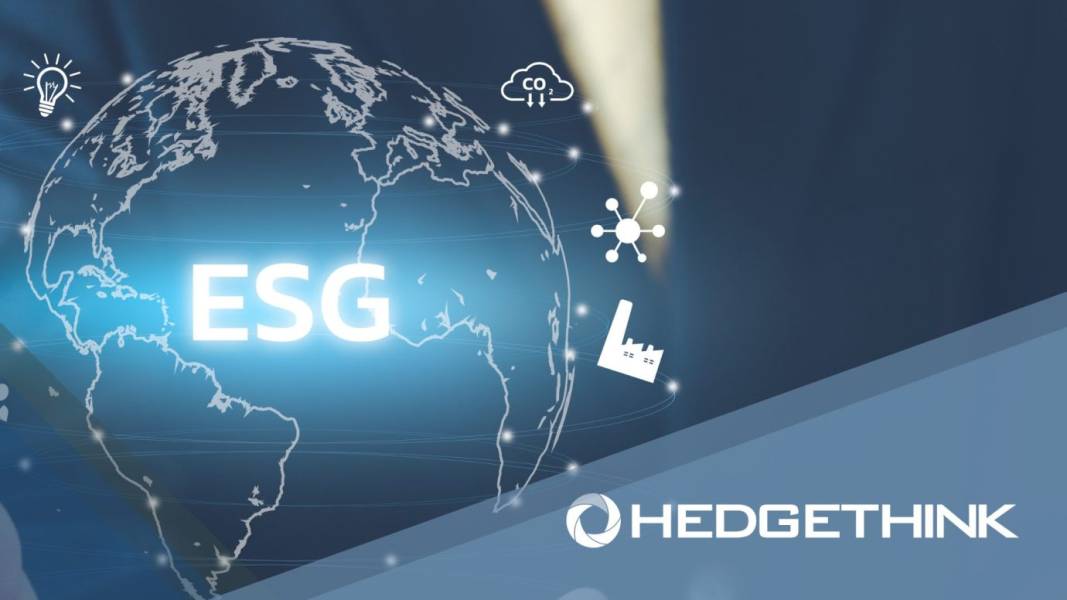• In 2003, there were only 291 ETFs around the globe on offer to investors
• Today are nearly 9,000 Exchange Traded Funds (ETFs) offering a diverse range of investment opportunities
• ESG ETFs represented 42% of total European ETF flows in the three months to the end of June 2022.

What have we seen amongst our clients?
Since January 2017, the number of HL clients holding ETFs has increased almost 80%, from 5.1% of the total client base to 9.1% in June 2022. The proportion of clients holding ESG ETFs has grown nearly 708%, from 0.13% to 1.05% over the same period.
Alexander Watkins, Passive Investment Analyst, Hargreaves Lansdown:
“The acceleration in investor interest in ESG ETF products has been driven by the emergence of specialist benchmarks like the Paris Aligned Benchmark and Climate Transition Benchmark from the likes of index providers MSCI and FTSE. These indices exclude fossil fuels and instead are made up of stocks which have committed to reduce carbon.
“As ETFs have historically taken a whole of market passive approach, investing bespoke ESG indices through this wrapper is blurring the divide between passive and active investing. Fund managers are also increasingly expected to engage with the fund’s underlying companies to improve their ESG credentials.”
How do ESG ETFs fit into a responsible portfolio?
Tara Clee, ESG Analyst, Hargreaves Lansdown:
“When considering ESG factors in portfolio construction, it’s not just about managing risk. It can also help highlight opportunities too.
For example, an ETF focused on carbon reduction will have exposure to companies making more progress reducing carbon emissions than most of the other companies in its industry. These businesses are less likely to be impacted by future climate policies and carbon taxes and are more likely to be exposed to the opportunities of the low carbon economy such as government incentivisation.
When it comes to building a responsible portfolio itself, we think a core-satellite approach is an option for most investors. The core usually forms the bulk of the portfolio and is usually made up of a number of funds. It’s complemented by smaller ‘satellite’ investments, possibly in higher-risk areas. We think any satellite investment should usually only form a small part of a well-diversified portfolio.
A core holding could be a diversified global ESG tracker for example, which acts as part of the backbone for a responsible portfolio. More niche investments, such as renewable energy funds should be kept for satellite holdings.”
HedgeThink.com is the fund industry’s leading news, research and analysis source for individual and institutional accredited investors and professionals









